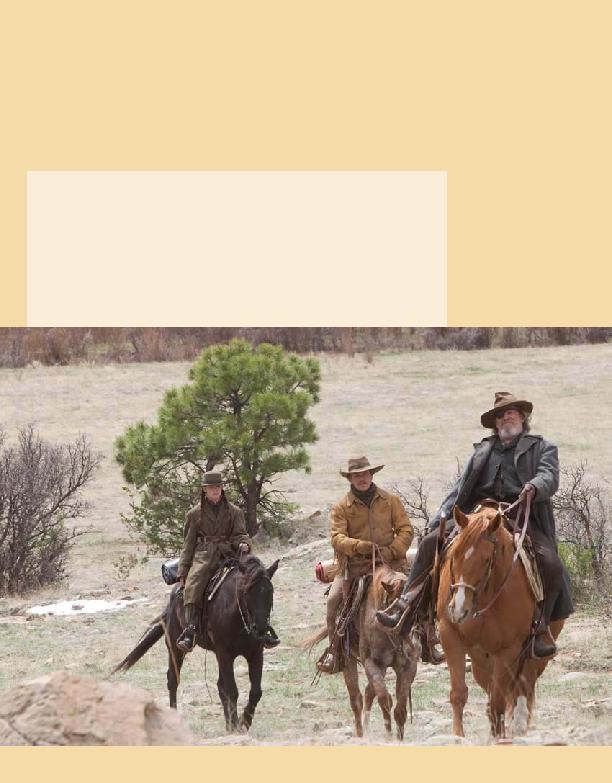
their production team will add technicalities like scene numbers. "They
will make it a little bit more user-friendly for people who have to break
down the script for production information," Joel says.
teriors, exteriors or even time of day, which they sometimes put in
their descriptions, their style flows smoothly, proving that when in-
formation is kept simple, not only does it read faster, but it remains ob-
vious and in no need of further explanation. Consider this example
from the 6-12-09 draft:
superfluous information.
sive British film editor named Roderick Jaynes, which is a pseudonym
the brothers use when editing their own films. As far as aliases go,
Jaynes is their most famous, but they've also written a commentary
track full of false film information under their faux film historian alias,
actor), who can be heard on
the Blood Simple DVD. Simi-
larly, they wrote comments for
Mortimer Young, who also per-
petuates false information on
The Big Lebowski DVD. Yet
Jaynes was their first alias and,
as Joel explained long ago, the
brothers had a simple reason
for his creation: "There were al-
ready enough Coens in the
credits of our movies."
signage on a barn-like building: